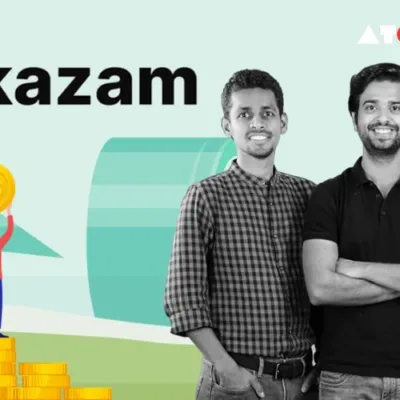In a recent media briefing, SAP the German software behemoth, disclosed its hiring spree in India, employing approximately 1,500 personnel for SAP Labs India this year. The importance of Indian Large Language Models (LLMs) was highlighted as a pivotal element in the language-centric evolution of artificial intelligence by Thomas Saueressig, a member of SAP SE’s executive board.
The significance of Indian LLMs was further underscored by Punit Renjen, SAP SE’s Deputy Chairperson of the Supervisory Board, who emphasized the critical role that Indian data and Indian-bred large language models would play in an ecosystem of 1.4 billion people.
SAP’s foray into this linguistic realm manifested earlier this year with the unveiling of Joule, a generative AI copilot, meticulously crafted to infuse SAP’s expansive cloud enterprise portfolio with natural-language capabilities, offering contextual and proactive insights. The research and development endeavors behind Joule were orchestrated within SAP’s sprawling R&D center, nestled in Bengaluru.
In parallel developments, the Indian landscape witnessed the launch of two indigenous large language models. Bhavish Aggarwal, co-founder of Ola, introduced “Krutrim,” an indigenously created large language model and generative AI platform, akin to OpenAI’s ChatGPT, boasting a training corpus encompassing a staggering 2 trillion tokens, with a predominant focus on Indian data. In a similar vein, Sarvam, an Indian startup backed by Peak XV, unveiled “OpenHathi,” the inaugural Hindi large language model of its kind.
SAP’s employment drive for SAP Labs India continues unabated, with expectations of similar recruitment numbers in the coming year. Currently, SAP Labs boasts a workforce of approximately 15,000 employees in India, a number poised to double in the foreseeable future. Sindhu Gangadharan, Senior Vice President and Managing Director at SAP Labs India, highlighted that nearly 40% of the global R&D workforce now finds its abode in India.
In a testament to SAP’s commitment to the Indian landscape, the company is constructing a new campus near Kempegowda International Airport, Bengaluru, specifically designed to accommodate the burgeoning workforce. This sprawling complex is scheduled to be operational at the dawn of 2025, with an initial capacity to house 3,000 employees.
SAP’s management remains bullish on India, not only as a burgeoning marketplace but also as a veritable wellspring of talent to fuel its research and development pursuits. Renjen succinctly encapsulated this sentiment, asserting, “This is India’s century.” The future appears resplendent as SAP positions itself to harness the linguistic potential of this vast and dynamic nation.





